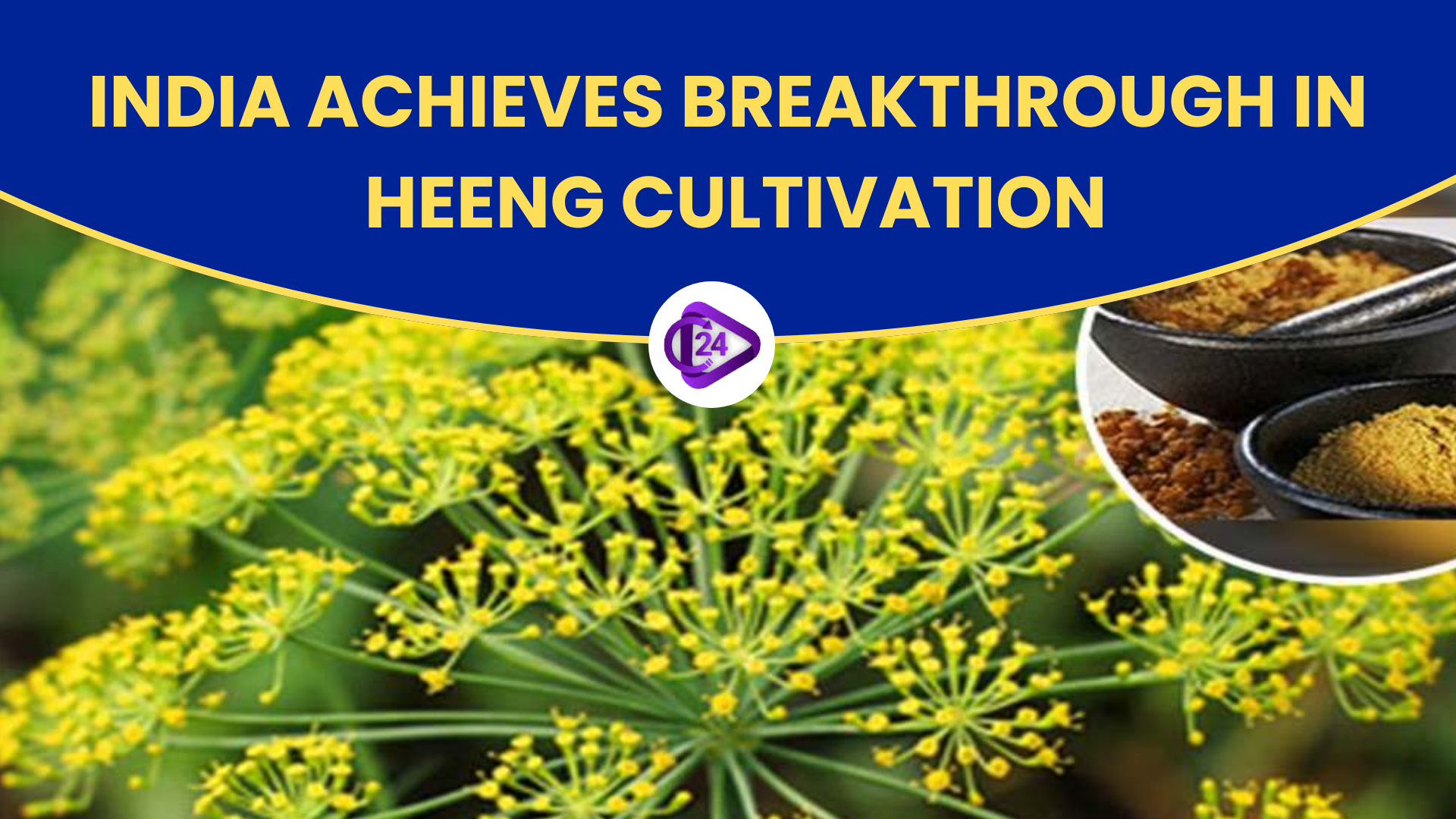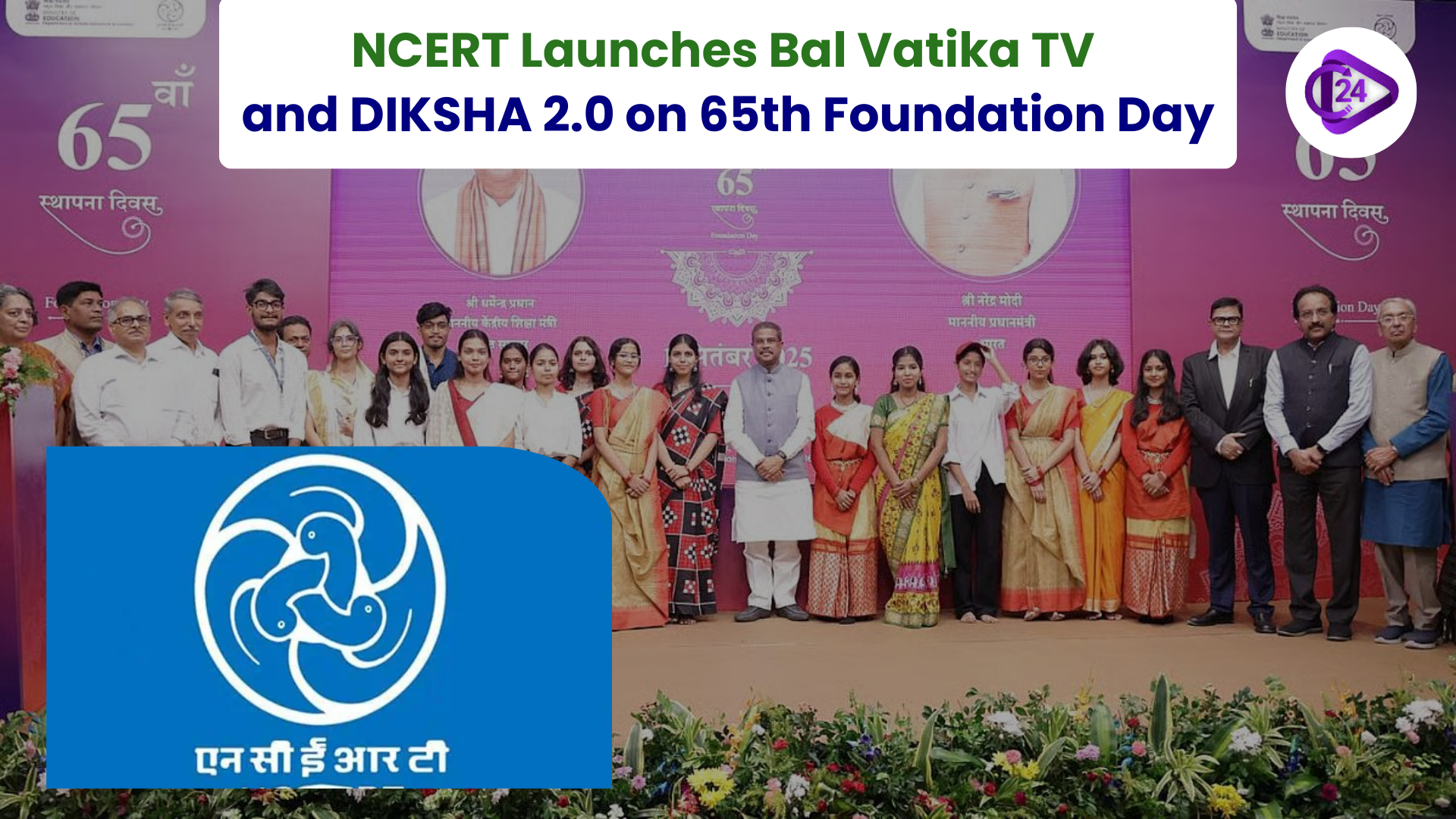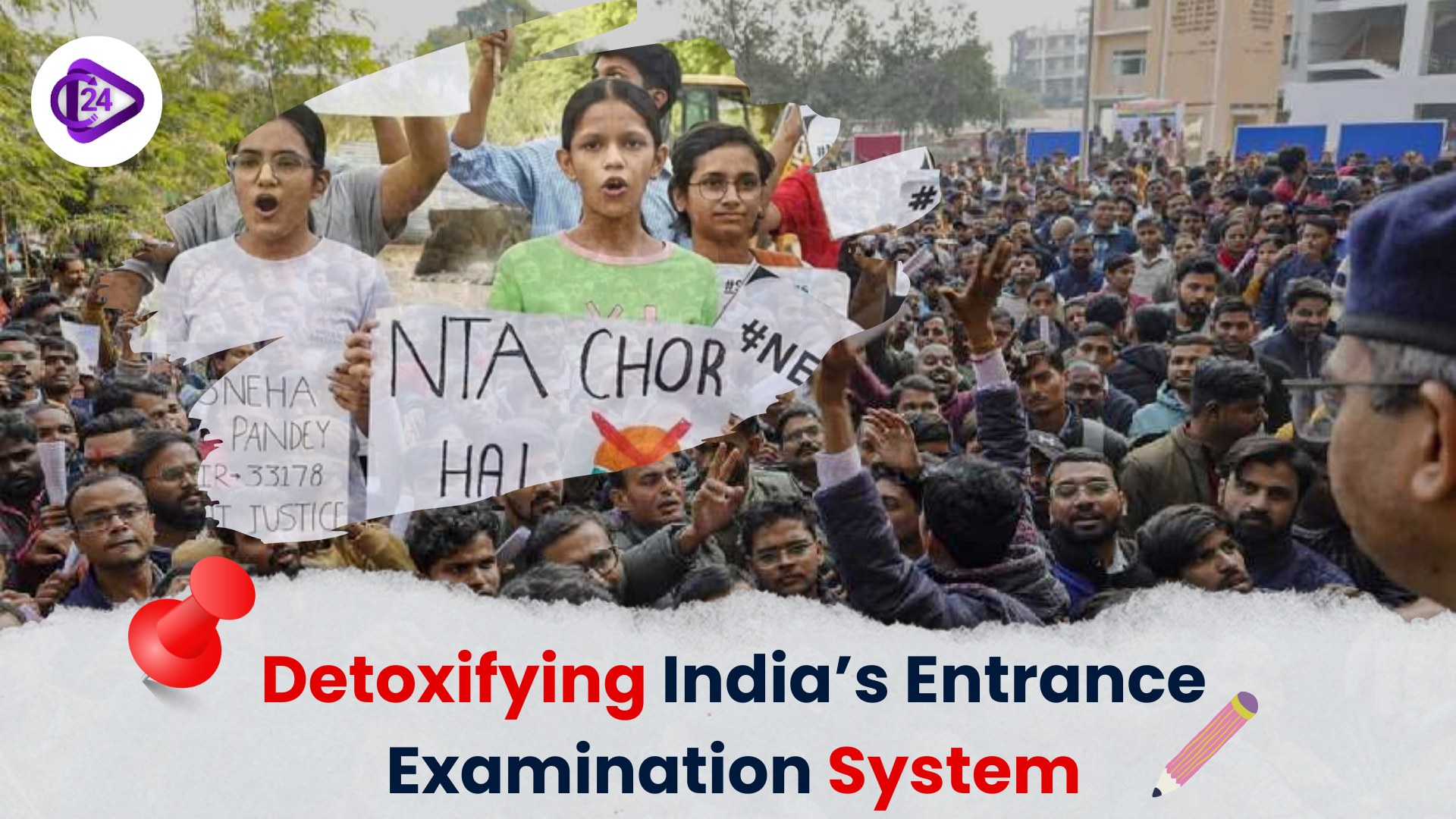
India’s farmers have managed to cultivate heeng (asafoetida), which was mostly imported from Afghanistan and Iran, indicating a major advance in the country’s food self-sufficiency. The institute posted news of the successful flowering and production of seed of heeng in Palampur, Himachal Pradesh on May 28, 2025. It was thanks to many years of research and experiments, beginning when heeng seeds were brought in from abroad in 2018 and cultivation trials began in high-altitude locations. Because of this breakthrough, India is likely to reduce the need for imports from abroad and increase the income of farmers thanks to an independent heeng supply chain.
Context
-
India managed to produce heeng, which is traditionally imported from Central Asia, a major achievement for the nation.
-
It is believed that CSIR-IHBT’s achievement will result in India using less imported products and farmers in Himachal Pradesh will see benefits.
Key Highlights of Heeng Production in India
About Heeng (Asafoetida)
-
In Indian culture, Heeng is a necessary ingredient for food and is praised in old scriptures for its medical uses.
-
Traditionally, Iran, Afghanistan, and Central Asia were places where plants were grown, since they are cold, arid areas.
Climate conditions of hing
-
Climate Requirements: Heeng thrives in cold, dry environments, with temperatures ranging from 10-20°C and tolerant of highs up to 40°C and lows to –4°C.
-
Soil: Prefers well-drained, sandy soil with minimal rainfall (200-300 mm annually).
Timeline of the Process of Cultivation
-
2018: The first import of heeng seeds to India was done by CSIR-IHBT from Iran and Afghanistan.
-
2020: The first step in India’s heeng cultivation took place with the planting of a heeng seedling in Lahaul Valley.
-
2025: The plant at Palampur starts producing flowers and seeds for the first time on May 28, 2025, a sign it has been domesticated.
Collaborative Effort
-
ICAR-NBPGR, Himachal Pradesh Government and CSIR-IHBT (Institute of Himalayan Bioresource Technology) all supported this initiative.
-
IHBT Palampur established a Germplasm Resource Centre for research activities, training purposes, and producing seeds.
Key Events of Growth
-
Field Trials: Cultivation expanded to Mandi, Kinnaur, Kullu, and Chamba districts in Himachal Pradesh, with farmer training programs conducted in these regions.
-
Demonstration Plots: Early adopter villages like Lahaul & Spiti, Mandi, and Kinnaur were instrumental in the field trials.
Developments in science and technology
-
Tissue Culture Unit: An area devised for increasing heeng plant propagation in large numbers.
-
Method used for identifying regions suitable for farming using GPS locations and aspects of the environment.
Conclusion
The positive results from heeng cultivation in India indicate that India is improving its agriculture and less reliant on foreign goods. Thanks to this development, farmers in Himachal Pradesh and in other regions now have more chances to make additional income. A successful heeng crop relies on research, help from the government, and support from the community in making farming more sustainable and secure.



 Census 2027: First Digital Census with Geo-Tagged Buildings
Census 2027: First Digital Census with Geo-Tagged Buildings The rise and risks of health insurance in India
The rise and risks of health insurance in India NCERT Launches Bal Vatika TV and DIKSHA 2.0 on 65th Foundation Day
NCERT Launches Bal Vatika TV and DIKSHA 2.0 on 65th Foundation Day Educate Girls Wins Ramon Magsaysay Award 2025
Educate Girls Wins Ramon Magsaysay Award 2025 Reforming India’s Entrance Exams: Towards Equity and Student Well-being
Reforming India’s Entrance Exams: Towards Equity and Student Well-being Dowry Deaths in India: Nikki Bhati Case Exposes Systemic Silence
Dowry Deaths in India: Nikki Bhati Case Exposes Systemic Silence J&K: Annual Mela Patt Festival Begins in Bhaderwah
J&K: Annual Mela Patt Festival Begins in Bhaderwah Prime Minister Extends Warm Greetings on Nuakhai Festival
Prime Minister Extends Warm Greetings on Nuakhai Festival School Enrolment in 3-11 Age Group Drops by 25 Lakh: UDISE+ Report
School Enrolment in 3-11 Age Group Drops by 25 Lakh: UDISE+ Report Punjab and Haryana HC Grants Bail to Bangladeshi Woman: Application of Article 21 for Foreign Nation
Punjab and Haryana HC Grants Bail to Bangladeshi Woman: Application of Article 21 for Foreign Nation






